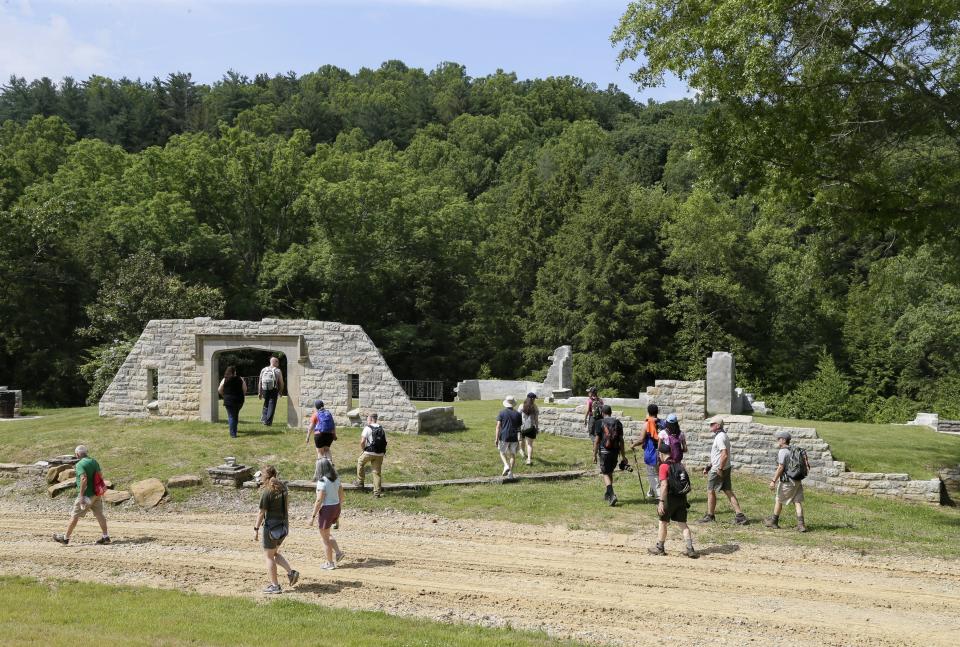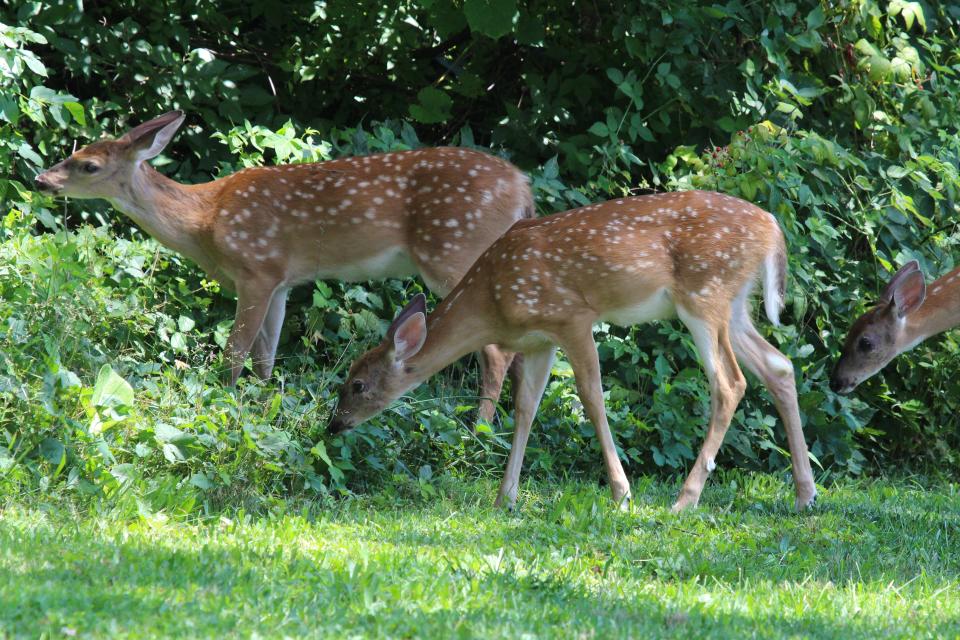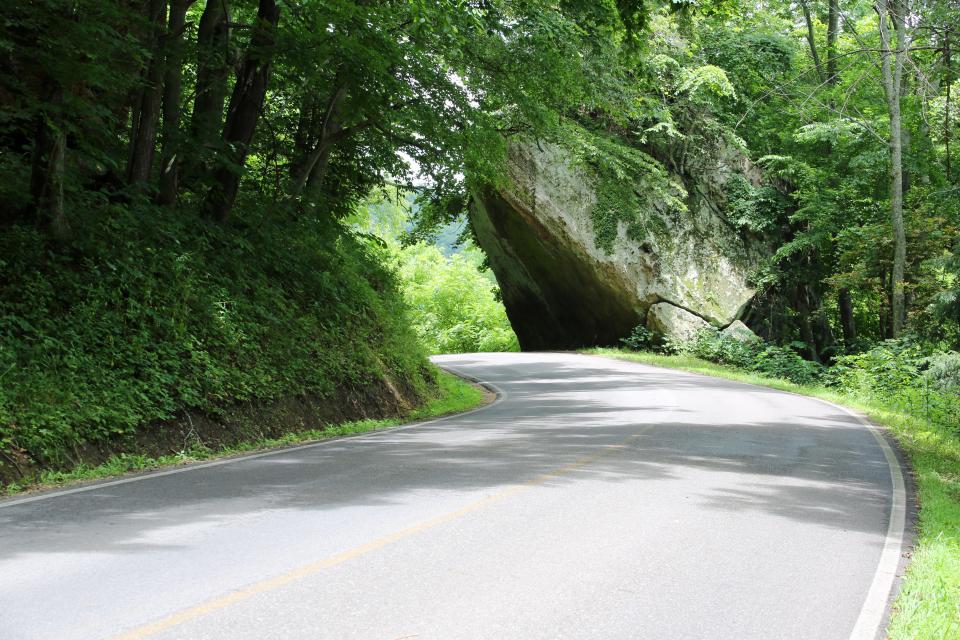3 of the most beautiful places in state and why all Ohioans should love them |Opinion
David Tomashefski is a research associate in the Soil, Water, and Environmental at The Ohio State University who has taught field labs at OSU on woody plant identification as well as lectured on the connection between Ohio soils and native plant communities for the introductory soils class.
The Fourth of July is a time to celebrate our identities as Americans, and in particular, to appreciate the bonds we share with one another.
We often forget that as Ohioans, one of our greatest common bonds is that of the Ohio land itself. I would argue that the beauty of Ohio’s natural landscape – the synthesis of an extraordinary natural history – should be a point of pride for all Ohioans.
More: Record number of Ohioans expected to travel for Independence Day, all summer long

Owing largely to its fascinating geological past, Ohio boasts one of the world’s largest freshwater lakes, the rugged foothills to a major mountain range, and a stunning array of native plant communities and associated wildlife.
A few regional examples highlight the amazing natural world that we Ohioans share.
More: How to submit guest opinion columns to the Columbus Dispatch
Northwest Ohio
Northwest Ohio is remarkable for the Lake Plains, a flat region of clay soils that are ideal for supporting wetland ecosystems. As the glacial ice sheet retreated into Canada following the last Ice Age, it released meltwater containing soil and rock debris that it had engulfed while excavating the Lake Erie basin.

Waves sorted these particles in the newly formed lake, placing sand and gravel on the lake margin and leaving clay and silt to settle to the lake bottom.
Through a series of natural drainage events, the lake shrank considerably until it attained its current size 4,000 years ago, exposing large areas of waterlogged clay soils in the process.
More: Opinion: In defense of armyworms. They aren't exactly the scourges of lawns.
Wetland trees such as silver maple, American elm, and shellbark hickory colonized these soils, and a fine example of this plant community can be found in Goll Woods State Nature Preserve. Northwest Ohio wetlands are positioned to support huge concentrations of migratory birds, and Magee Marsh Wildlife Area along the lakeshore is one of the country’s best birdwatching sites.

More: How to submit guest opinion columns to the Columbus Dispatch
Middle-western Ohio

Moving south into middle-western Ohio, we find evidence that our state was once at the bottom of a shallow sea, much like the present day Caribbean. Corals and mollusks dwelling in the sea built their exoskeletons of calcite – the primary mineral in limestone – and millions of years later, these exoskeletons would form the limestone bedrock that would be incorporated into western Ohio soils by the passage of glaciers during the Ice Age.
Photos:Clifton Gorge State Nature Preserve
The limestone serves to elevate the soil’s pH, especially along hillslopes and waterways, favoring trees such as chinkapin oak, hackberry, blue ash, and Eastern redcedar. Clifton Gorge State Nature Preserve is a stunning example of this ecosystem and one of the best places to observe the amazing diversity of Ohio’s native spring wildflowers.

Southeastern Ohio
Over in southeastern Ohio, the Hocking Hills bear witness to our state’s emergence from the ancient seas, when stream-borne sediments travelled into Ohio from eastern highlands and accumulated in river deltas and coastal swamps, eventually forming dry land.
More: Where are the best places to watch Red, White and Boom 2022? Here are 7 suggestions
Through the millennia, streams carved into this landscape, leaving the most erosion-resistant materials in place and creating the rugged hills we know today. Sandstone deposits along the ridgetops have slowly weathered to form acidic soils that support trees such as chestnut oak, black oak, and sourwood. One great place to view this native plant community is the Cemetery Ridge Trail in Clear Creek Metropark.
More: Clear Creek park a showcase for nature

Sometimes we become desensitized to our physical surroundings and wonder if they’re really all that great. For Ohioans, the answer is yes, they are. Ohio is a place of great natural beauty — that’s something we can all feel proud of this Fourth of July.
Supporting our local metro parks, vacationing in our state parks, and planting Ohio native plants in our yards are all great ways to help Ohio’s natural beauty to thrive.
David Tomashefski is a research associate in the School of Environment and Natural Resources at Ohio State University who has taught field labs at OSU on woody plant identification as well as lectured on the connection between Ohio soils and native plant communities for the introductory soils class.
This article originally appeared on The Columbus Dispatch: Opinion: Where are the most naturally beautiful area in Ohio

